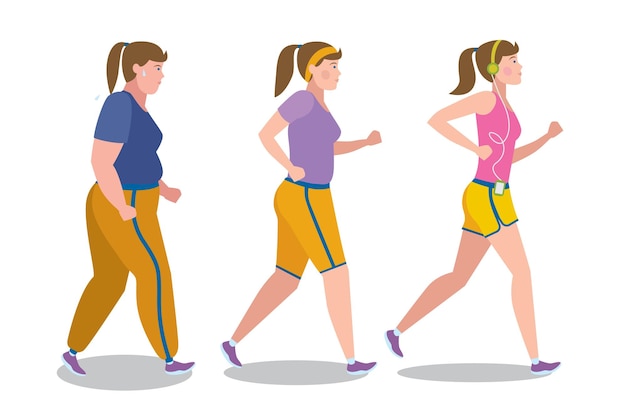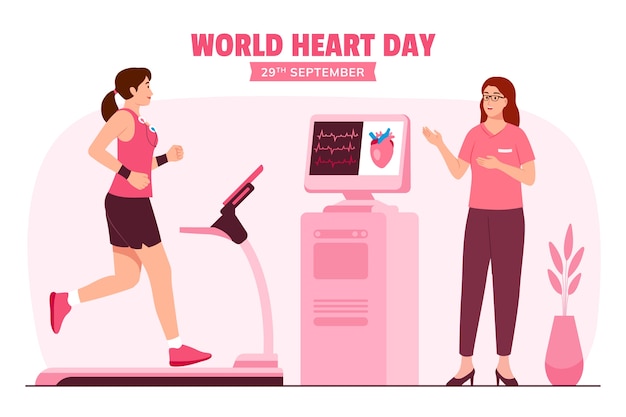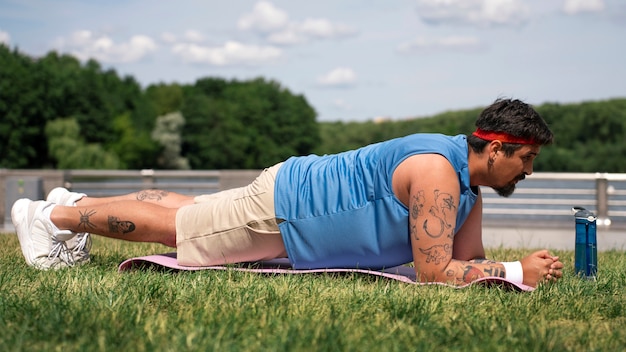When it comes to building a sustainable fitness routine, few activities are as accessible as walking and jogging. Both are low-cost, require minimal equipment, and can be done almost anywhere. But which one truly supports healthier eating habits and long-term weight management? More importantly, how can you perform each correctly to maximize benefits and avoid injury?
Walking and jogging are both forms of aerobic exercise that elevate your heart rate and improve cardiovascular health. The main difference lies in intensity and impact. Walking is a low-impact activity suitable for nearly all fitness levels, while jogging increases calorie burn and cardiovascular demand but places more stress on joints.
Research shows both can support weight loss and healthier lifestyle habits, but the best choice depends on your current fitness level, goals, and sustainability.

Exercise doesn’t just burn calories—it can also regulate appetite and improve your relationship with food. Regular physical activity, especially moderate-intensity exercise like brisk walking, has been linked to more stable hunger hormones such as leptin and ghrelin. This often leads to better food choices and reduced emotional eating.
Jogging, due to its higher intensity, may suppress appetite temporarily but can increase hunger later—especially if not fueled properly. This can lead to overeating unless mindful eating practices are followed.

Not everyone can jog right away—and that’s okay. Here are simple ways to adjust each activity to match your fitness level:

Interestingly, walking may have an edge when it comes to promoting healthier eating. Because it’s less physically taxing, it doesn’t trigger the same level of compensatory hunger that intense jogging sometimes does. People who walk regularly often report feeling more in control of their food choices and less likely to crave high-calorie foods post-exercise.
Additionally, walking—especially after meals—has been shown to stabilize blood sugar levels, which helps reduce cravings and supports better metabolic health.
There’s no one-size-fits-all answer. If you're new to exercise or managing joint issues, walking is a safe, effective way to build fitness and support healthy eating. If you're already active and want to burn more calories in less time, jogging may be a better fit.
The real key isn’t speed or intensity—it’s consistency. The best exercise is the one you enjoy and can do regularly. Pair it with mindful eating, adequate hydration, and quality sleep, and you’ll build a lifestyle that supports lasting health.
Start where you are. Walk more. Move mindfully. Progress with purpose.

Fitness

Fitness

Fitness

Fitness

Health

Fitness

Fitness

Wellness

Health

Fitness

Health

Wellness

Health

Fitness

Health

Health